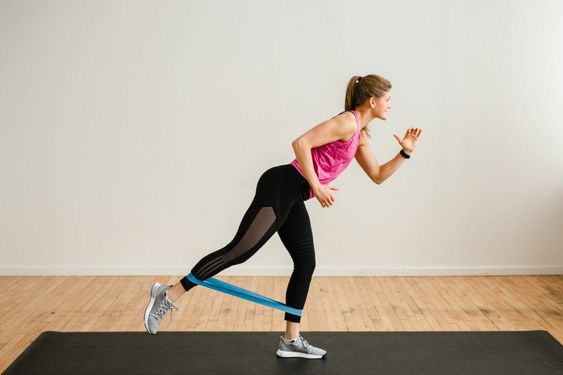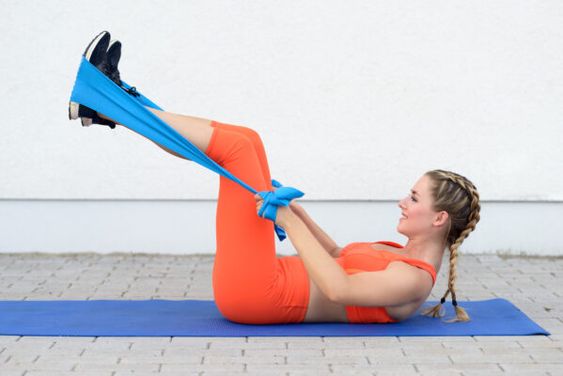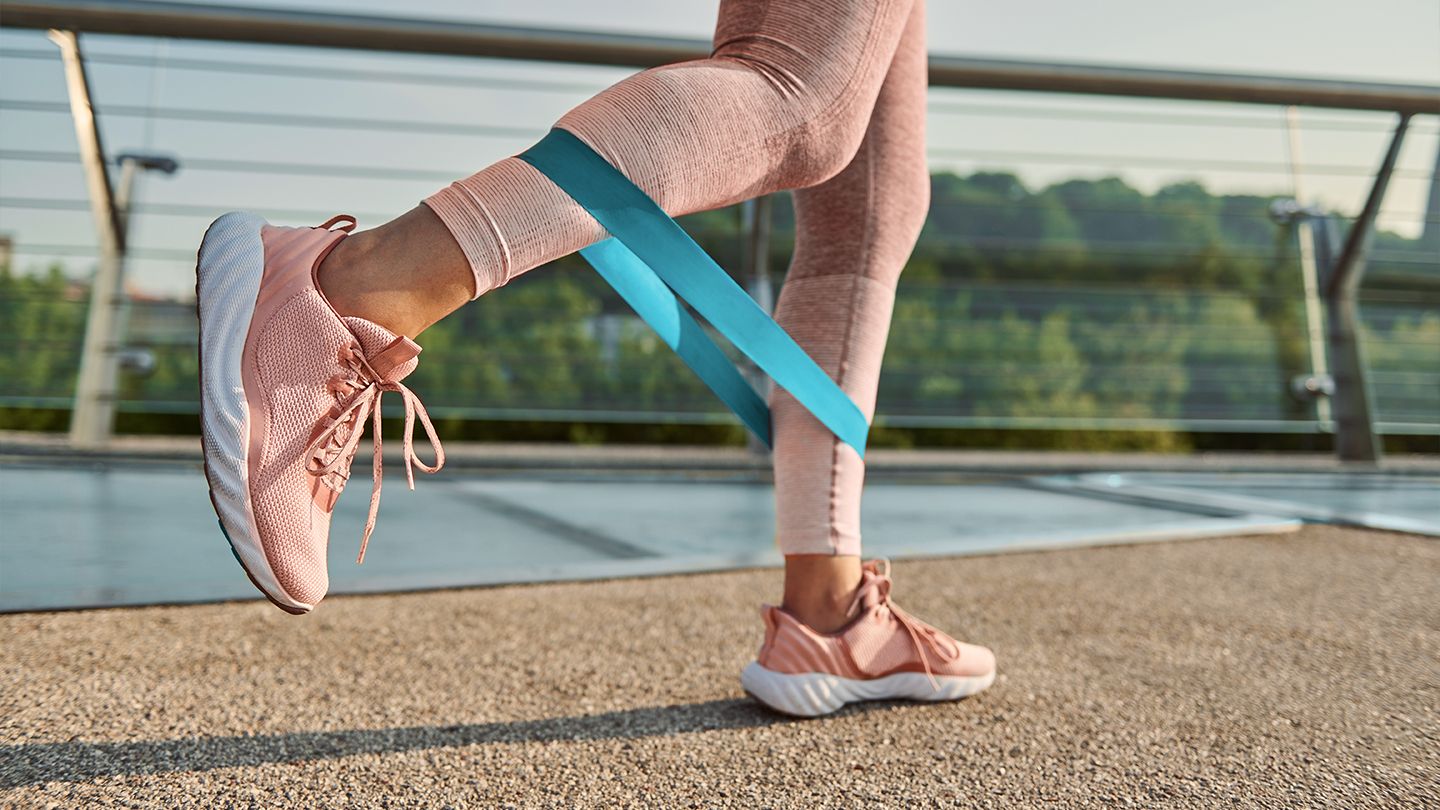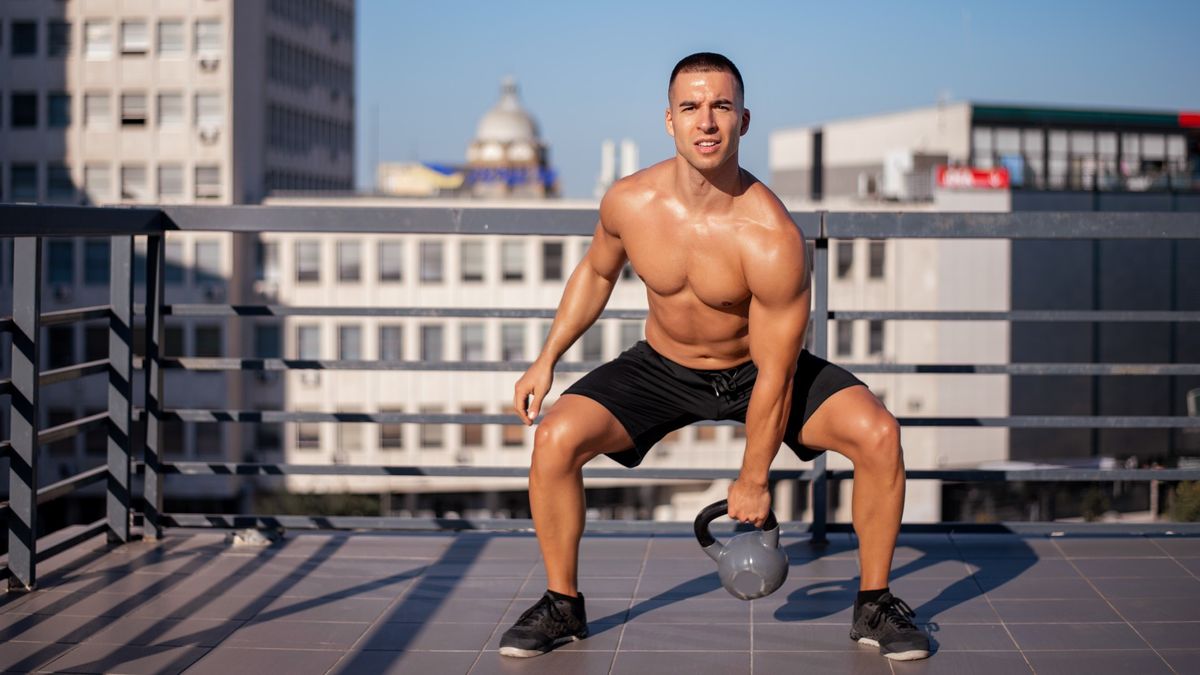Resistance bands are a versatile and effective tool for anyone looking to improve their strength and overall fitness. This article will present seven workouts targeting every muscle group, helping you get the most out of your resistance band training. Whether you’re a beginner or an experienced athlete, incorporating these exercises into your routine can enhance your strength and mobility while also being cost-effective and easy to do at home.
With resistance bands, you engage different muscle groups through varied exercises, allowing for balanced development and improved performance. You can mix and match workouts to keep your routine fresh and challenging, ensuring that you stay motivated and see results over time.
Embrace the power of resistance bands to elevate your workouts and enjoy the flexibility they offer in your fitness journey.
Key Takeaways
- Resistance bands offer unique benefits for strength training.
- Targeted workouts can enhance your muscle development.
- Consistent use supports your growth and fitness goals.
Essentials of Resistance Training
To effectively use resistance bands, it’s important to understand their benefits and how to establish a solid workout routine. This knowledge will help you build strength and target different muscle groups in your fitness journey.
Understanding Resistance Bands
Resistance bands are versatile tools for strength training. They come in various levels of resistance, which can suit different fitness levels. This allows anyone, from beginners to advanced athletes, to incorporate them into their workout routine.
Using bands can help you build muscle effectively. They provide continuous tension throughout the movement, which enhances muscle engagement. Some key benefits of resistance bands include:
- Portability: Easy to carry for workouts anywhere.
- Versatility: Suitable for various exercises targeting all muscle groups.
- Joint-friendly: Low impact on joints while still providing an effective workout.
By integrating band exercises into your training program, you can achieve significant strength gains and improve your overall fitness.
Building a Solid Foundation
To maximize your resistance training, focus on the fundamentals. Start with proper form. Good technique reduces the risk of injury and maximizes effectiveness.
Begin with basic exercises that target major muscle groups, such as:
- Squats: Great for legs and glutes.
- Rows: Effective for back muscles.
- Chest Presses: Targets the chest area.
As you become comfortable, gradually increase resistance or incorporate more complex movements. It’s vital to create a balanced workout routine that includes different exercises for all muscle groups. This approach ensures comprehensive development and prevents muscle imbalances.
Maintaining a consistent training schedule is also key. Aim for at least two to three sessions per week, gradually increasing intensity as your strength improves.
Targeted Muscle Group Workouts
Using resistance bands can effectively target specific muscle groups. This approach helps you build strength and improve overall fitness. Here are workouts for upper body, core and back, and lower body to guide your routine.
Upper Body Strengthening
For upper body strength, focus on exercises that challenge your shoulders, chest, biceps, and triceps. Key movements include:
- Chest Press: Secure the band behind you. Push forward until your arms are straight and then return.
- Shoulder Press: Stand on the band and press overhead. This targets your shoulders and triceps.
- Bicep Curls: Stand on the band, hold the handles, and curl your arms toward your shoulders.
These exercises activate major muscle groups and can be adjusted for resistance by changing the band’s tension.
Core and Back Conditioning
Strengthening your core and back is crucial for stability and posture. Consider including the following workouts:
- Seated Rows: Sit and loop the band around your feet. Pull it towards your torso to engage your lats and rear deltoids.
- Russian Twists: Hold the band while sitting and twist from side to side. This works your abs and oblique muscles.
- Deadlifts: Stand on the band with feet shoulder-width apart, hold the band, and hinge at your hips. This engages your lower back, glutes, and hamstrings.
These exercises will help you build a strong core and improve your back strength.
Lower Body Focus
Targeting your lower body includes movements that engage your quads, hamstrings, glutes, and calves. Focus on these exercises:
- Squats: Stand on the band, hold it at shoulder height, and perform a squat. This targets your quads and glutes.
- Lateral Band Walks: Place the band around your thighs and step side to side. This activates your hip flexors and glutes.
- Calf Raises: Stand on the band and lift your heels off the ground. This works your calf muscles.
These workouts will enhance your lower body strength, promoting stability and mobility.


Advanced Techniques and Workouts
In resistance band training, advanced techniques can significantly enhance your workouts. Focusing on progressive overload and implementing high-intensity workouts will help you build strength, endurance, and muscle mass more effectively.
Progressive Overload and Volume
Progressive overload is essential for increasing strength and muscle mass. You can achieve this by gradually increasing the tension on your resistance bands. This can be done by using bands with higher resistance or by adding more repetitions to your sets.
For example, if you usually perform 10 reps with a certain band, aim to increase to 12 or 15 reps. Tracking your workouts in a journal can help you stay consistent. This technique not only boosts your power but also helps with recovery by allowing your muscles to adapt to the increasing demands over time.
Maintaining proper form is crucial to avoid injury. Pay attention to your time under tension, which means controlling the speed of your movements. Slower movements can enhance muscle engagement, leading to better results.
High-Intensity Resistance Band Workouts
High-intensity resistance band workouts are great for improving conditioning and endurance. You can design a circuit that includes exercises like banded burpees, high knees, and squats. These exercises can elevate your heart rate and improve your overall fitness.
Consider using techniques like supersets or giant sets to maximize your workout efficiency. A superset involves performing two exercises back-to-back without rest, while a giant set includes three or more. This approach not only saves time but also increases muscular endurance and strength.
Keep your rest periods short, around 30 seconds between exercises. This high-intensity method keeps your heart rate up, promoting fat loss and muscle definition. By incorporating these techniques, you will challenge yourself and see significant improvements in your resistance band training.
Supporting Your Growth
Your progress with resistance band workouts can be enhanced significantly by focusing on nutrition, recovery, and injury prevention. Proper support in these areas fuels muscle growth and improves performance, ensuring you stay on track during your fitness journey.
Nutrition and Recovery
Nutrition plays a vital role in supporting your workouts. Aim for a balanced diet rich in protein, as it helps repair and build muscle. Good sources include chicken, fish, beans, and legumes. Carbohydrates provide the energy you need to power through resistance band exercises. Include whole grains, fruits, and vegetables for optimal nutrition.
Post-workout, your body needs recovery time. This means taking rest days to allow your muscles to heal and grow. Pay attention to adequate sleep, as it is essential for recovery. Aim for 7-9 hours each night to promote hormone balance and muscle repair. Staying hydrated also aids recovery; drink plenty of water throughout the day.
Injury Prevention and Rehabilitation
Preventing injuries is crucial to maintaining your workout routine. Start with a proper warm-up to improve flexibility and prepare your muscles for exercise. Incorporate dynamic stretches to loosen up before resistance training.
If you do experience an injury, follow a structured rehabilitation program. Focus on gentle movements and gradually increase intensity. Always consult a professional for advice on recovery strategies. Resistance bands can be beneficial in rehab, allowing you to strengthen muscles without heavy weights. They promote muscle engagement while reducing strain on joints, aiding in both injury prevention and recovery.





